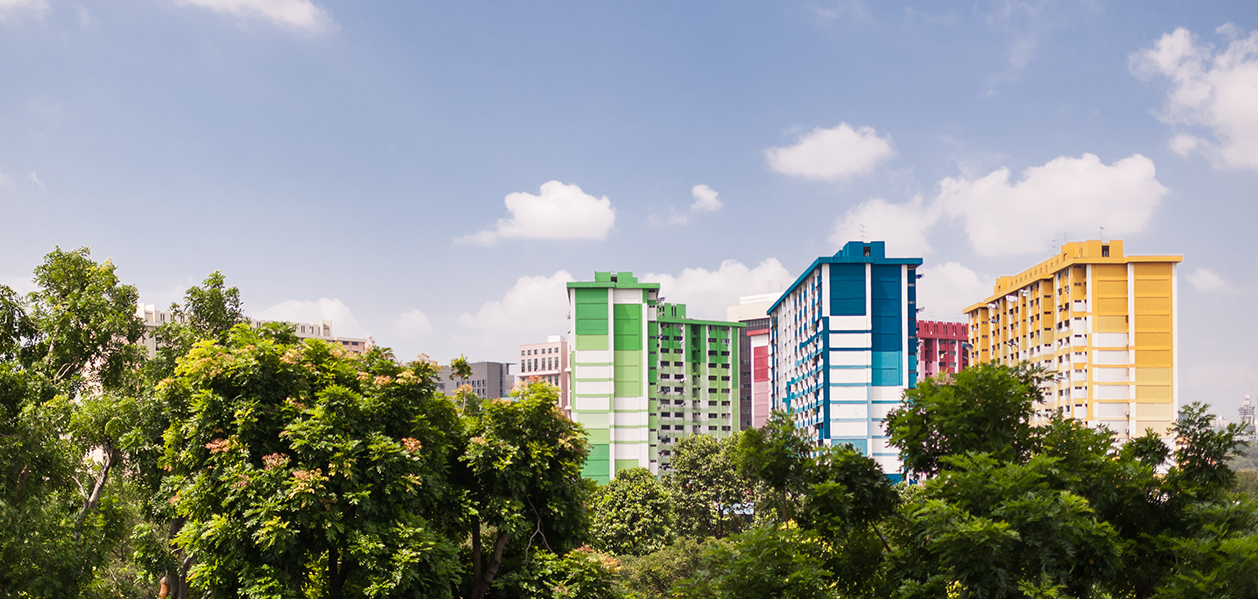Though much of the world has had a singular focus on the coronavirus pandemic this year, key lessons have been learnt about how to tackle other challenges, especially climate change. Sustainability and the efficient use of resources are hinged upon technology and innovation. But it is only through collaboration and mutually beneficial partnerships that this can be achieved.
Homegrown businesses in Singapore are weaving innovative design into their products in a quest to mitigate some of the world’s most complex challenges, from climate change to social cohesion. Improving design processes has become increasingly relevant, with designers, engineers and governments looking to enhance sustainability and innovation efforts while addressing issues of accessibility and resilience. As this year’s Design Runway event revealed, innovative design solutions can address many of these key global issues.
Waste not, want not
The concept of the circular economy, whereby waste becomes the input for new products, was a recurring theme during TechInnovation 2020, run by IPI, an innovation catalyst and a subsidiary of Enterprise Singapore. The circular economy can lead to economic, environmental and social benefits with many large companies attempting to incorporate the concept into their sustainability efforts.
In a bid to achieve better sustainability credentials, businesses need to reduce – if not eliminate – the disposal of materials to landfills. The reduction of waste within construction, for instance, could be ground-breaking for climate change efforts as the global built environment generates nearly 40% of annual global greenhouse gas emissions.
“Sustainability has become an increasingly important part of our national agenda,” says Singapore Prime Minister, Lee Hsien Loong in a speech on 25 July. “We are planning our climate change defences and managing our carbon footprint. And COVID-19 has also shown Singaporeans how important the work is, which goes on behind the scenes on issues like food security and safety.”
Businesses could learn from some of the beneficiaries of the Good Design Research (GDR) programme who presented their ideas at this year’s Design Runway. The GDR is an initiative by the DesignSingapore Council (Dsg) which helps designers and design enterprises in Singapore gain a competitive edge in the global marketplace by equipping them with knowledge, skills and a network of partners from different disciplines.
Designing out waste is at the centre of the Local Tree Project pioneered by Roger & Sons, crafters of fine wood furniture. The project salvages trees that have been felled for urban development and repurposes them into furniture. They use every part of a tree to minimise waste. Sawdust, shavings and wood chips get a new life as fertiliser, packaging material or are used to mop spills.
The Offcut Factory, another programme participant, collaborates with local factories to make use of their waste offcuts more innovatively. While founders Edmund Zhang and Esli Ee are experts in design, the pair are looking for partners in web development who can help build an online platform that will enable the purchase of available offcuts and the profiling of the factories and the people behind them. “A lot of these factories have senior staff and all of them have a wealth of experience. This knowledge should be shared,” says Zhang.
Fast fashion slows down
The fashion industry is another big contributor to waste through offcuts during the production process, generating 4% of the world’s waste annually and producing 10% of the world’s carbon emissions. GINLEE Studios is mitigating the impact of fast-fashion through its on-demand, on-the-spot production fashion initiative, 'GINLEE Make', which aims to produce multiple styles and sizes from a single cloth base. The retail concept allows GINLEE to address the issue of over-manufacturing – which can result in 20-30% excess stock, according to Tamir Niv, designer and co-founder.
Designing for cohesion
What the above three enterprises have showcased is that businesses have the potential to remain resilient and self-sustaining by using locally available materials, even when global supply chains take a hit from adverse events such as a pandemic.
Community resilience has come under the spotlight this year with the fragility of some metropolitan areas across the world becoming evident as the pandemic leans on pre-existing inequalities across wealth, age and ethno-religious divides. How to design resilient community spaces that serve all those who live in them is a quandary for governments and urban planners alike.
Through their GDR Project, Common Ground, pioneered by The Thought Collective - a group of social enterprises, has embarked on a project to address the design of communities for sustained and inclusive growth. Common Ground is looking at communities in Jurong in Singapore to help them understand and form a framework based on community needs. It is also searching for technological innovative solutions that can be used to meet those needs, says Tong Yee, co-founder and director. “We are looking for a new way to approach and integrate communities to allow them to be a lot more resilient and cohesive.”
Partnerships are progress
It has become even clearer this year that design-led innovation must be at the heart of solving problems, both at the community and global level. Dsg and IPI have co-organised the Design Think Tank, a pilot platform for innovators and designers to tackle a variety of challenges that include achieving circular economy and zero waste from multinationals Danone, Procter & Gamble, Johnson and Johnson, and The Coca-Cola Company. Interested parties may submit their proposals through the website https://design.innovation-challenge.sg/ before the challenge closes on 31 January 2021, 12 pm (GMT+8).

